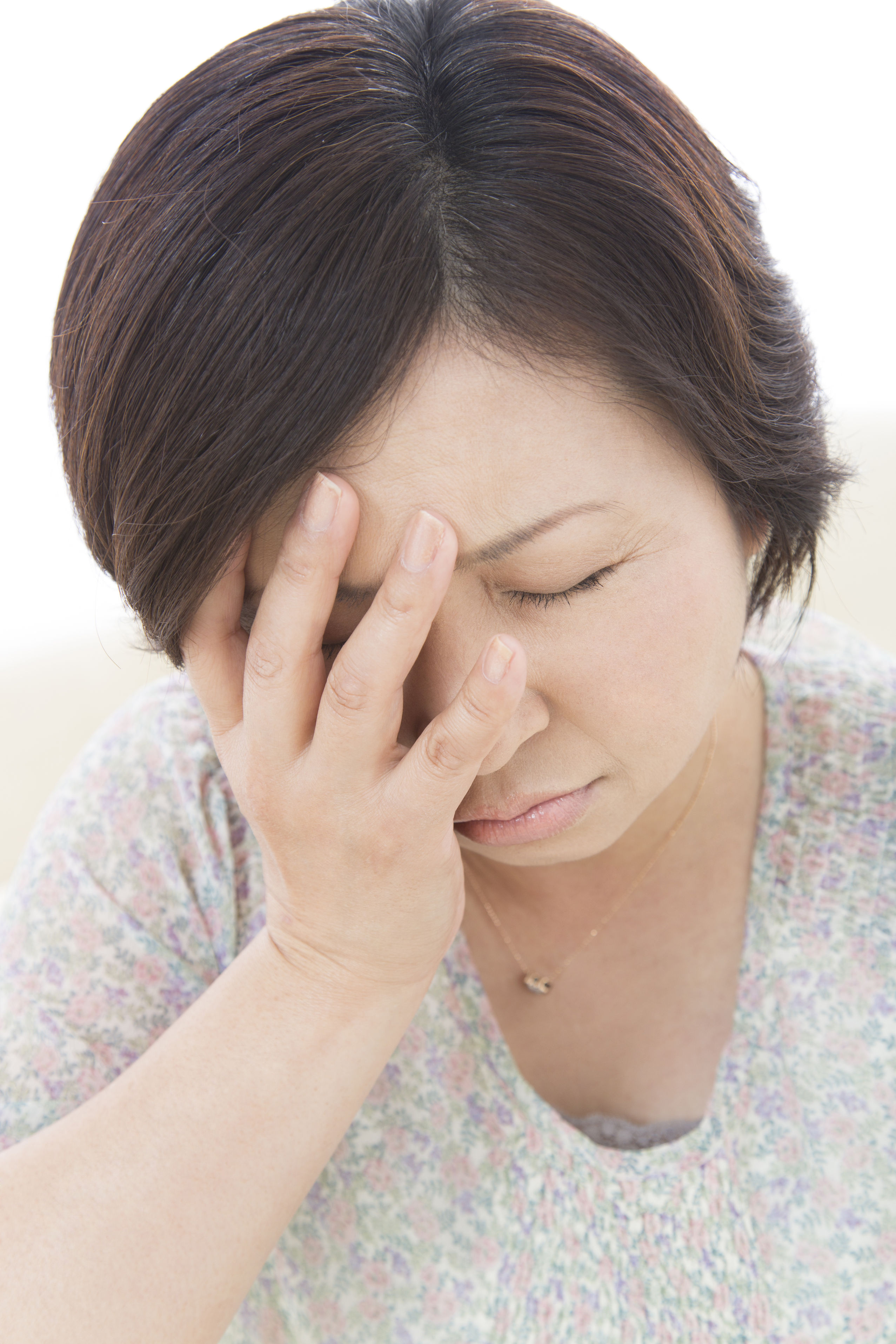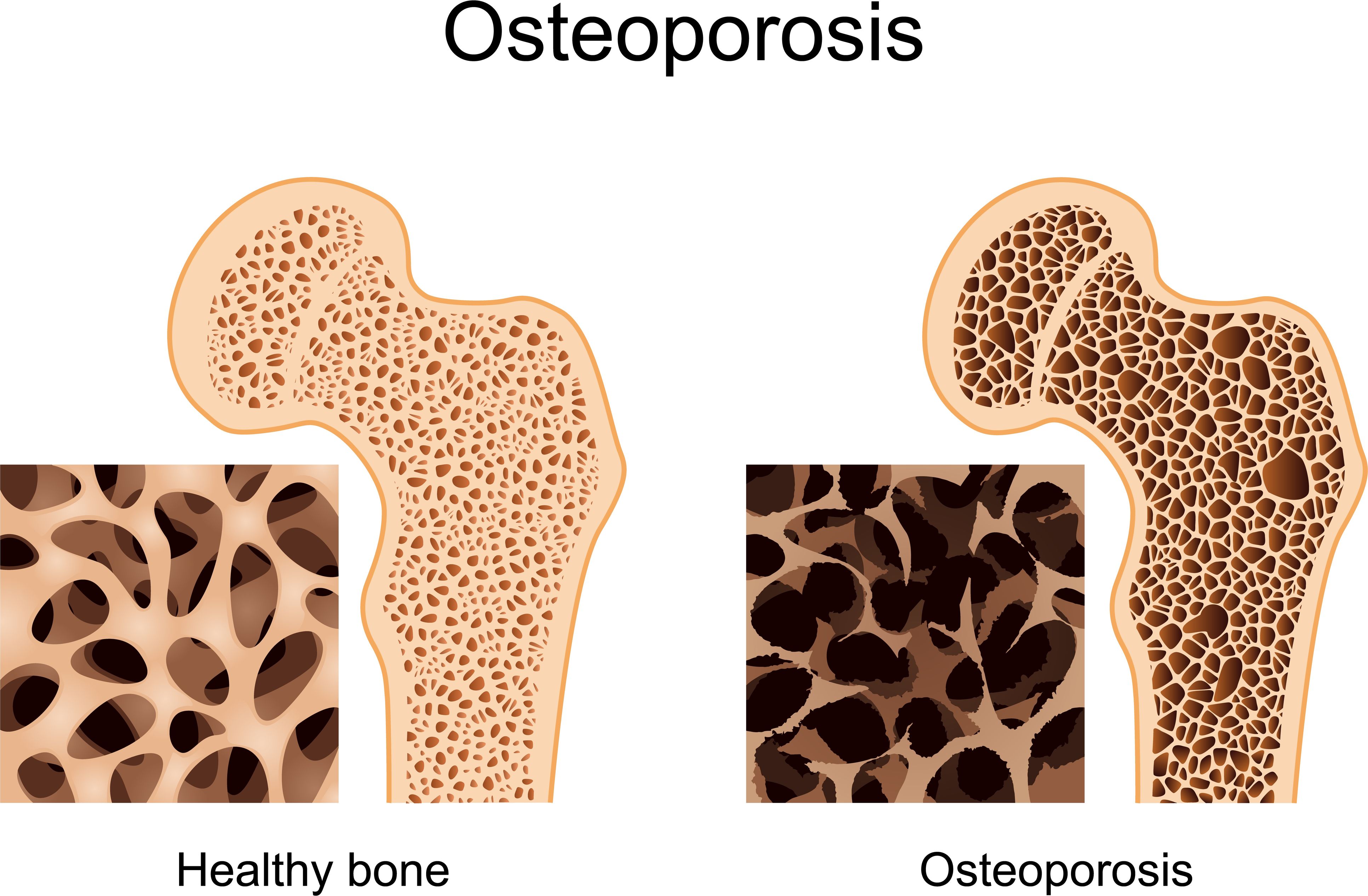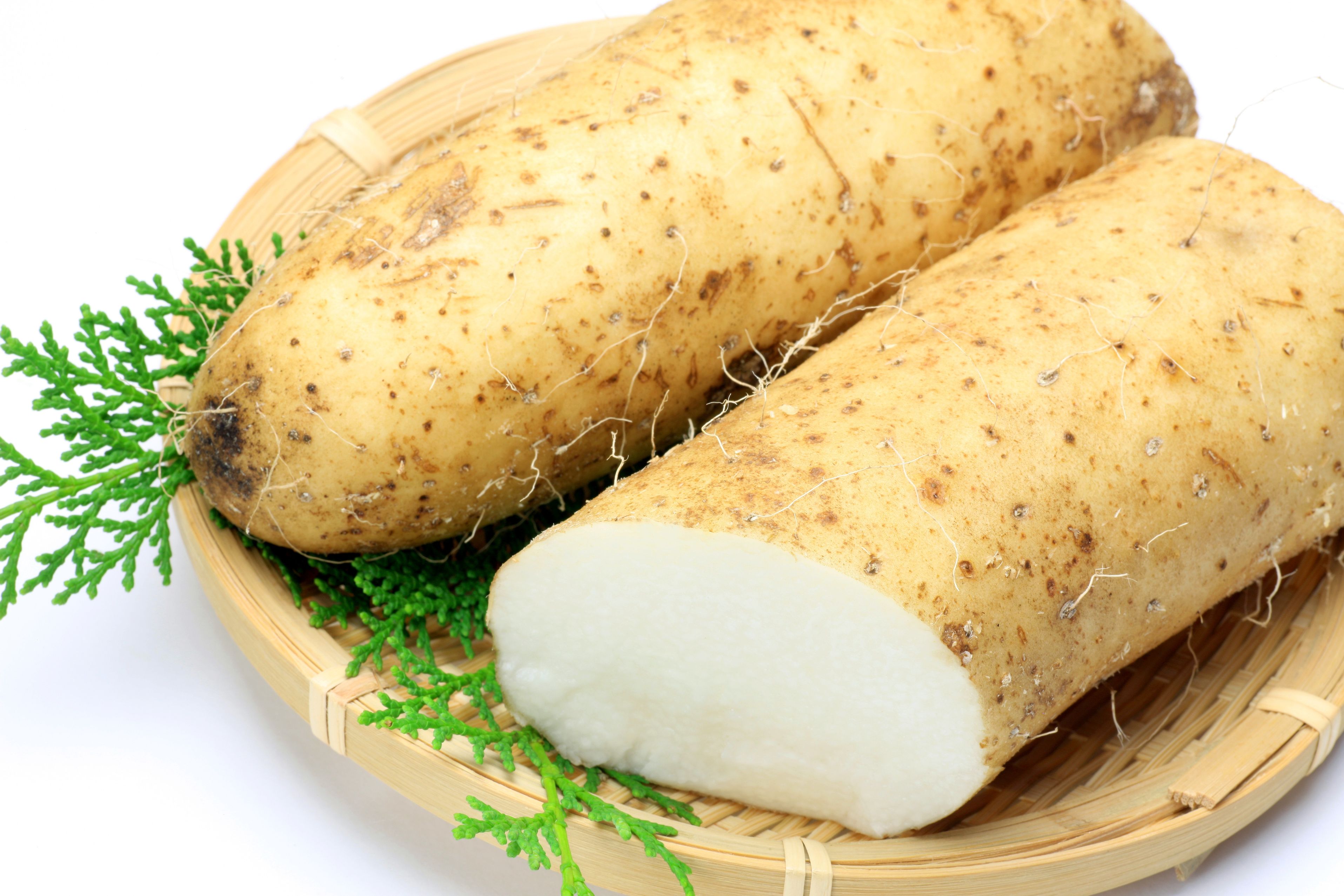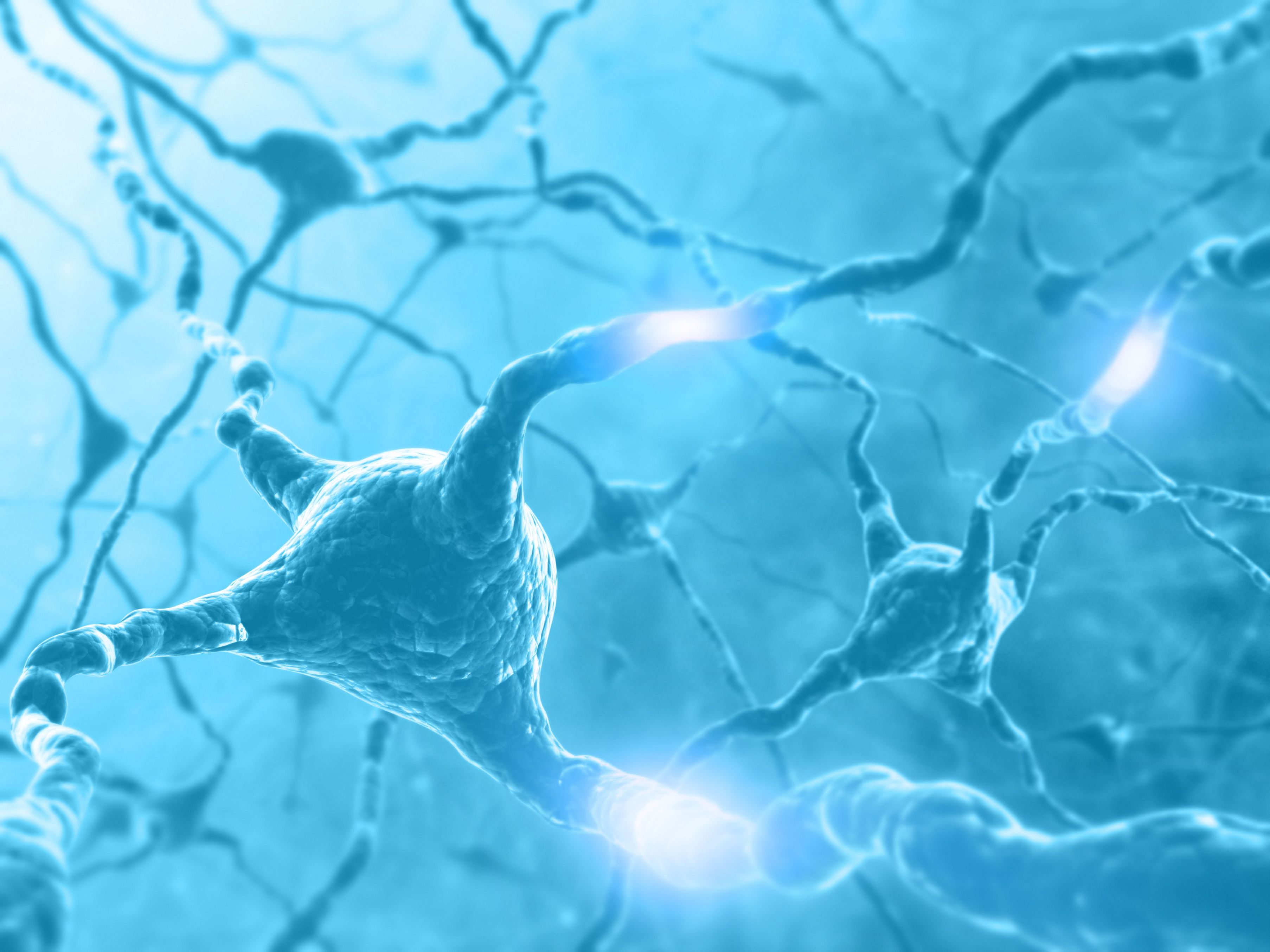In China, the Dioscorea opposita species (Dioscorea opposita Thunb.; "shan yao"; 薯蕷; 淮山; 土薯; 山薯) of Chinese yam is the most commonly used of the genus 'group' of Dioscorea species for improving female health and regulating menstruation. Furthermore, the rhizome part of the stem of the species has been classified as a Chinese herbal medicine by the Chinese government.
Previous studies showed that Dioscorea extract seemed to ease menopausal symptoms, with higher levels of oestrogen detected. So Dr Lai and his co-authors from institutions in Hong Kong, mainland China and the Netherlands decided to study protein extract from rhizomes of the Dioscorea opposita species.
Oestradiol and Progesterone Increase
They isolated the protein and analysed its chemical and biological characteristics. Chemically, they found the protein was novel and designated the moniker "DOI" to it. Biologically, they found DOI stimulated the formation of oestradiol in rat granulosa cells in vitro and there was an increase in the number of granulosa cells.
No Rise in Breast Cancer and Ovarian Cancer Cells
The body weights of the rats did not change significantly during the in vivo experiment, implying that DOI was not toxic to the rats. Notably, DOI did not stimulate a rise in the number of breast cancer and ovarian cancer cells, which suggests that DOI could be a more effective and safer alternative to HRT.
Could Counteract Other Ageing Problems
In addition, the study suggested that some health problems which many menopausal women face could be lessened by DOI. Menopause and ageing in general are usually accompanied by a decline in the women's immune function. The team discovered that DOI enhanced the proliferation of mouse splenocytes in vitro, which are white blood cells that originate in mice spleens and help the animals to fight off infections. Furthermore, they found that DOI could counteract the progression of osteoporosis and increase bone mineral density.












